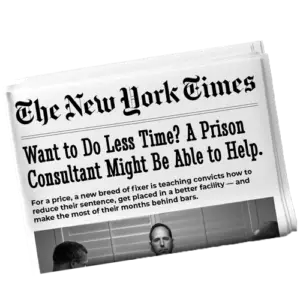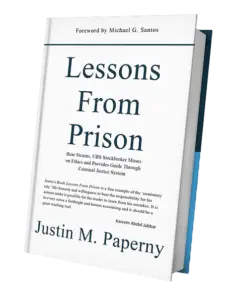After the First Step Act passed in 2018, most people assumed they’d serve less time. The bill said time credits could be earned through programs. It said people would be moved into community placement sooner. It gave hope to people who had never seen the system reward anything other than silence and compliance.
Then nothing happened. For over three years, the BOP didn’t implement the credits. People earned them on paper and stayed in prison anyway. By the time the Final Rule was issued in 2022, the damage had already been done—thousands served more time than they should have.
The May 28, 2025 directive from BOP Director William Marshall III tries to fix that. It tells staff to move people into home confinement if they’re eligible and don’t need the structure of a halfway house. The memo points to merit, not just policy. If you’ve done the work and documented it, staff are expected to act.
That’s the opportunity. But there’s still a problem.
Most people won’t benefit from the memo—because their files won’t show anything useful. They may be eligible. They may have earned the credits. But without documentation, they’ll stay in prison longer.
Michael Santos wrote about this exact gap in 2015. In Incentivizing Excellence, he argued that sentence length should not be the only measure of justice:
“We should pursue justice differently. Instead of waiting for calendar pages to turn, we should incentivize people in prison to pursue a path that will lead to their emergence as law-abiding, contributing citizens.” (66 Hastings L.J. 1549, 1551)
He didn’t just write that from a theoretical standpoint. He lived it. He spent 26 years in prison and built a daily discipline around writing, studying, and documenting his progress. He didn’t ask for shorter time. He prepared for it, in case the system ever allowed it.
Now the system is starting to allow it—but the burden is still on the person inside.
I recently heard from someone who had been tracking their credits. They had participated in programs. They assumed they’d be moved to home confinement under the new directive. But when their name came up, staff couldn’t move them forward. There was no release plan. No job information. No contact details for supervision.
They were eligible. But they didn’t move.
The BOP has no reason to take risks unless your file removes the need to guess. Staff need proof. They need to see that you’ve done more than earn time. They need to know where you’ll go, how you’ll support yourself, and how you’ve been using your sentence.
Michael made the same case years before the First Step Act existed. He wrote:
“The sentencing and corrections system fails to offer a mechanism that incentivizes or encourages an individual to atone.” (66 Hastings L.J. 1552)
The new BOP memo begins to offer that mechanism. But it only works if you do the work in advance.
That’s why we built PrisonProfessorsTalent.com. If staff are going to review your name, you need something they can look at. A documented record of who you are, how you’ve grown, and why you’re prepared to serve the rest of your time under structured community supervision.
Michael argued for a system that rewarded effort with responsibility—not just empty promises. As he put it:
“Effective sentencing and corrections reform would incentivize a pursuit of excellence rather than measuring justice exclusively by the turning of calendar pages.” (66 Hastings L.J. 1563)
The May 28 memo isn’t perfect. But it’s the first directive I’ve seen that openly tells staff to make the move—if your record justifies it.
I’ve seen people lose that opportunity because they assumed eligibility was enough. They waited. They stayed quiet. And when staff looked at their files, there was nothing there to support the referral.
This isn’t about fairness. It’s about proof.
If you want to move to home confinement, you need to remove doubt. Staff should see a plan, not a question mark.
Ask yourself:
- If someone pulled your file today, what would they find?
- Is there a written release plan? A contact for housing? A job offer?
- Have you submitted anything that shows how you’ve used your time?
You can be eligible and still stay in federal prison. The directive creates a window. But if your file doesn’t justify the move, the BOP will leave your name behind.
What have you submitted that gives someone a reason to move you to home confinement?
We’ll show you how to build the file, how others did it, and what’s missing in most cases where people stay in federal prison despite being eligible for an earlier release.
Justin Paperny



